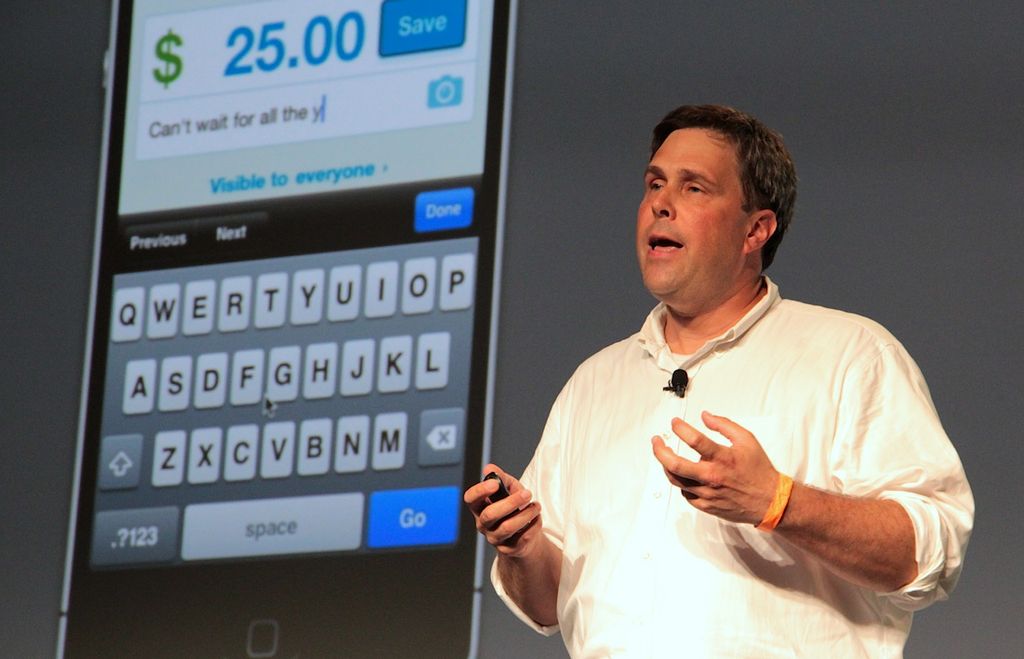So many of the financial startups from the last several years have been geared toward getting consumers to buy more. Think Blippy, Swipely, and the glut of flash sales and group buying sites.
But it’s a harder problem to get consumers to move in the opposite direction and save their money, especially considering the broad debt overhang that still lingers from the 2008 financial crisis. However, ImpulseSave, launching at TechCrunch Disrupt in San Francisco today, is attacking just this problem with a new technology platform that’s linked to a real savings account where users can squirrel money every week for goals, such as a vacation or a new iPad.
“Our entire system of how we deal with money is completely unbalanced. The option to transact your money away from you has become so perfected, optimized and now so heavily incentivized that it’s pushed everything else off the menu,” said co-founder Phil Fremont-Smith “What we’ve done is elevate saving back up there on the menu.”
Here’s how it works: You link your checking account to ImpulseSave, which creates a savings account backed by FDIC-insured Leader Bank, NA. Then you list a few financial goals and the amount you’ll need to save each week to get there. And, as the name suggests, you can actually “impulse” save by using your phone to immediately send over a bit of money like $10, $20, or $100 toward that goal whenever you feel like it with a text message.
ImpulseSave, which has raised $200,000 so far, earns revenue through commissions for new accounts they generate. They also partner with brands so that consumers can have their short-term goals met with perks from companies like JetBlue, Trader Joe’s, and Fidelity. They also earn affiliate revenue or lead-generation fees on goals that are products or services (like that vacation). Plus, they also make a 5 percent commission on donations to charity, done through a feature called ImpulseDonate, that involves four charities.
The three-person company was co-founded by Smith who used to run AnswerSmart, a startup that helps businesses evaluate technical hires. The company says that other financial startups like Mint.com and LearnVest do a good job with educating consumers about how they’re spending their money, but they don’t follow through and actually get people to change their spending behavior.
He said the idea for the company came to him while he was watching his child’s game from the sidelines. Groupon’s app suddenly prompted him for a deal, and he realized how ridiculous it was that marketers could tempt him to open his wallet and spend anywhere.
“Even there on the sidelines, I could be marketed to,” he said.
In contrast, ImpulseSave can remind you with weekly emails or notifications about your longer-term savings goals. “We’re taking your aspirations and we’re marketing them back to you,” he said. There’s a news feed inside the product that shows what you and your friends are saving for. Smith says ImpulseSave’s users are saving money about two times a week and usually put away $15 each time.
How It Works from ImpulseSave on Vimeo
Q&A:
Q: I think it is an awesome idea to save for a rainy goal. I don’t know how you’re going to keep someone from doing the same thing.
Fremont-Smith: For someone to copy this, it’s not as simple as it looks. How we make money: we’re partnering with both banks and HR departments to get our product out there to own the landscape on this. First-mover advantage is really important. With Americans saving twice a week and close to $3,000 a year, we’re off to an amazing start.
Q: Can they invest from that account instead of whatever the savings percentage is? Is there an incentive for them to invest that money?
A: Once they achieve a goal, it can be rare for them to redeem it because this is the first time they’ve saved money in the bank. We allow them to roll that money into whatever other account, into mutual funds, or if they’re going to consume, then we want to offer them the best possible deal.
Q: How many users?
A: We’re under agreement with our bank not to release that number.
Q: What percentage of users are people that you invited yourself?
A: These are folks that have found us.
Q: Do you have any numbers about retention?
A: Our numbers are really good. Our net promoter score is at around 39%. Retention or attrition is at 1 percent. So that’s within the market as of today, our beta has been in the market today. One percent of all users who have signed up have stayed with the service. We have over 50 percent open rate on the e-mails. We hold a really unique position in the marketplace.
Q: What does it mean to stop using the service?
A: It would mean to cancel the account.
Q: What about people who don’t cancel their account but stop reporting into it?
A: We’re seeing that with the small reminders, that people do tend to stay with the product and once they decide that they’re not using it, it’s an open savings account so they do cancel it when they’re not using it anymore.

